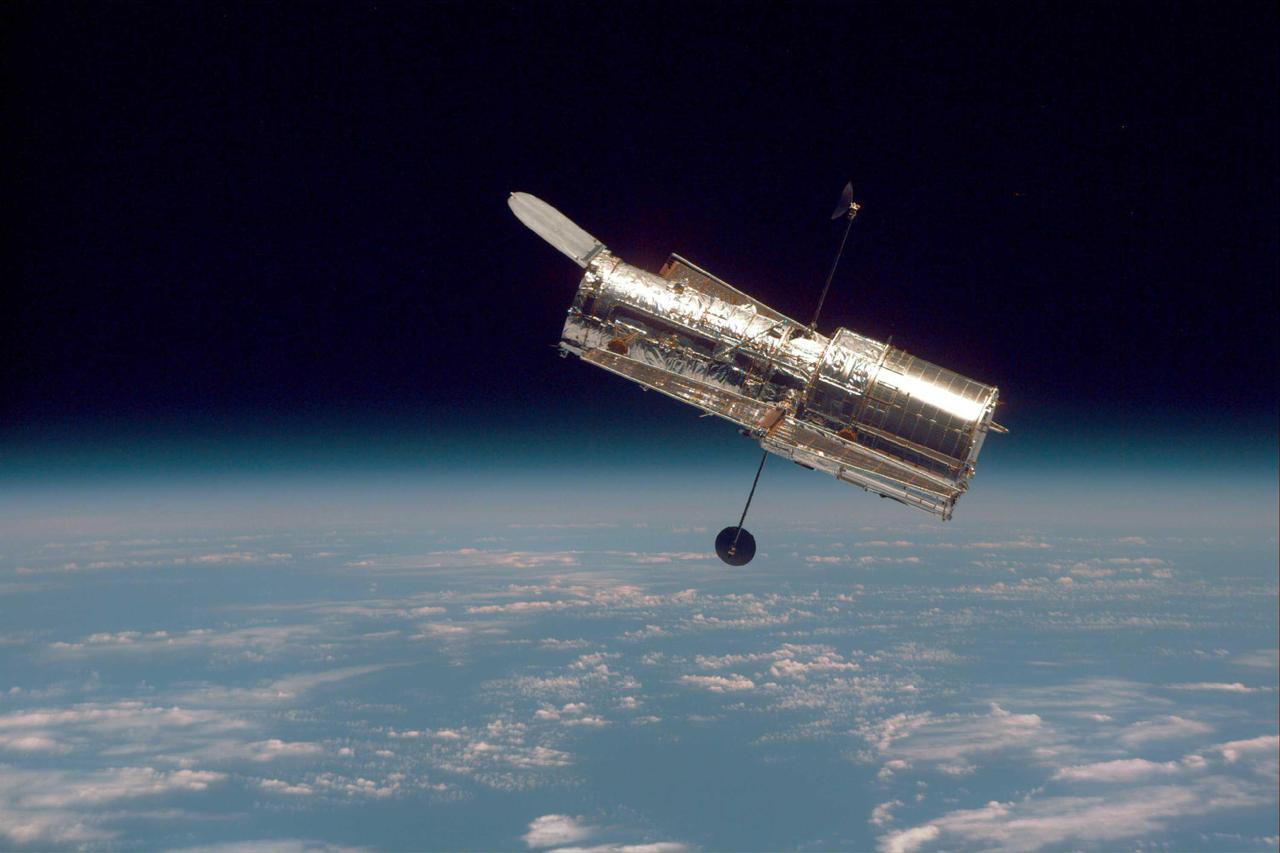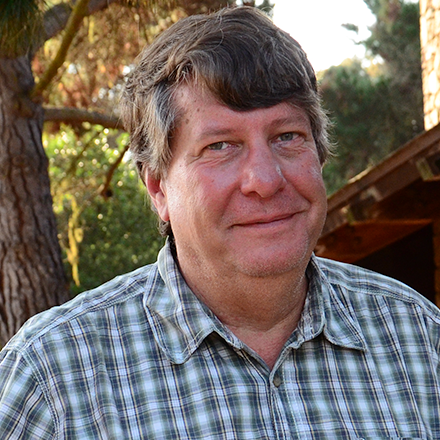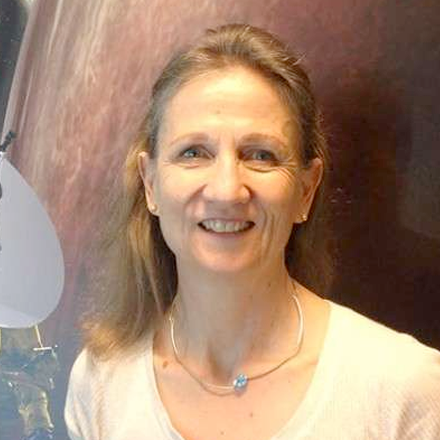The Astronomy & Astrophysics group at the SETI Institute is at the forefront of exploring this intricate cosmic pathway, investigating how the composition of this material transforms as it journeys across thousands of light-years and through diverse physical environments.
The SETI Institute team tackles this complex challenge using a diverse range of scientific methodologies. Researchers here play key roles in predicting, guiding, and interpreting observations from state-of-the-art astronomical facilities, including the James Webb Space Telescope (JWST), the Hubble Space Telescope, and the Atacama Large Millimeter/submillimeter Array (ALMA). These instruments probe different wavelengths—from the radio to the ultraviolet—allowing scientists to detect a wide range of atomic and molecular species in space.
Astronomers investigate stellar environments and their radiation, examining how dying stars synthesize solids in their outer envelopes. Quantum chemists compute the structural and spectroscopic properties of molecules relevant to astrobiology, helping to predict the diagnostic signatures that telescopes should detect. Laboratory astrochemists replicate the harsh conditions of space to understand how complex molecules form on icy dust grains and planetary surfaces. Theorists build detailed computational models to track how this material evolves during the formation of stars and planets and how it eventually becomes part of young planetary systems. Together, these multidisciplinary teams create a comprehensive picture of how matter evolves across the galaxy, revealing how the raw ingredients for life come together long before they arrive at a potentially habitable world.
Astronomy & Astrophysics Researchers
News
Astronomy & Astrophysics
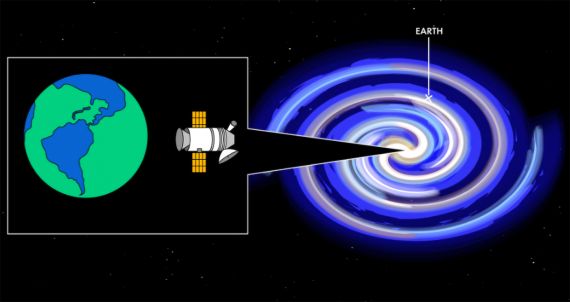
Earth Detecting Earth
#Press Releases #SETI #Astronomy #Solar System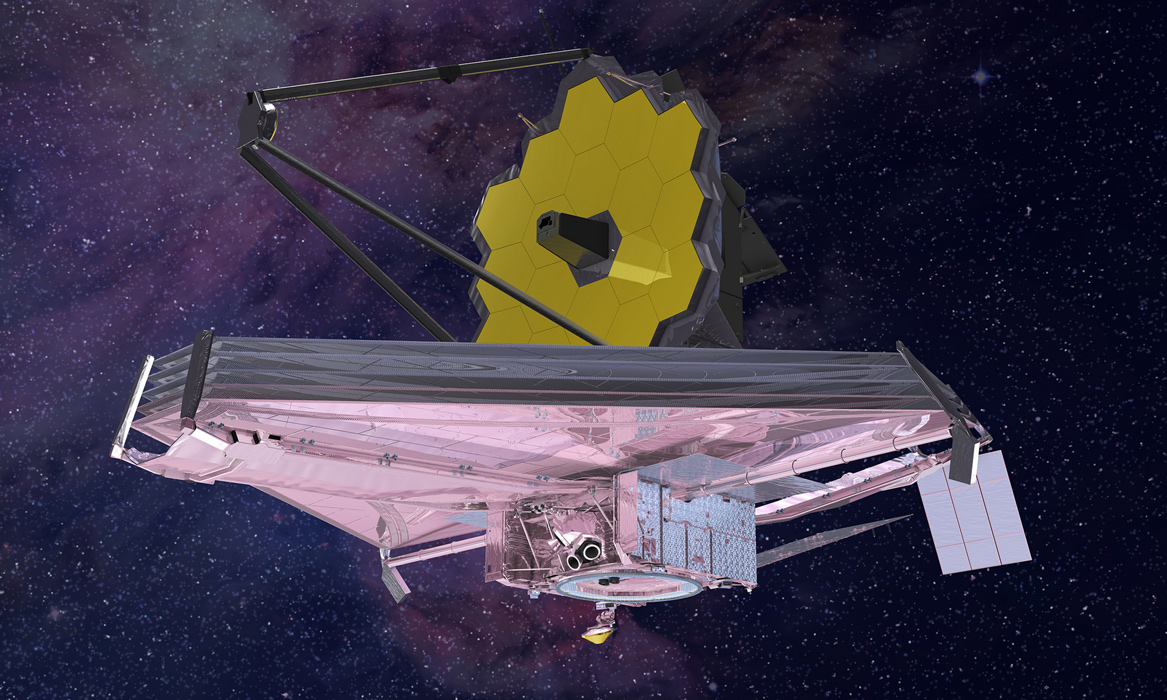
Could This New Telescope Help Us Find the Aliens?
#NASA Missions and Observatories #SETI #Seth Shostak #JWST
)
